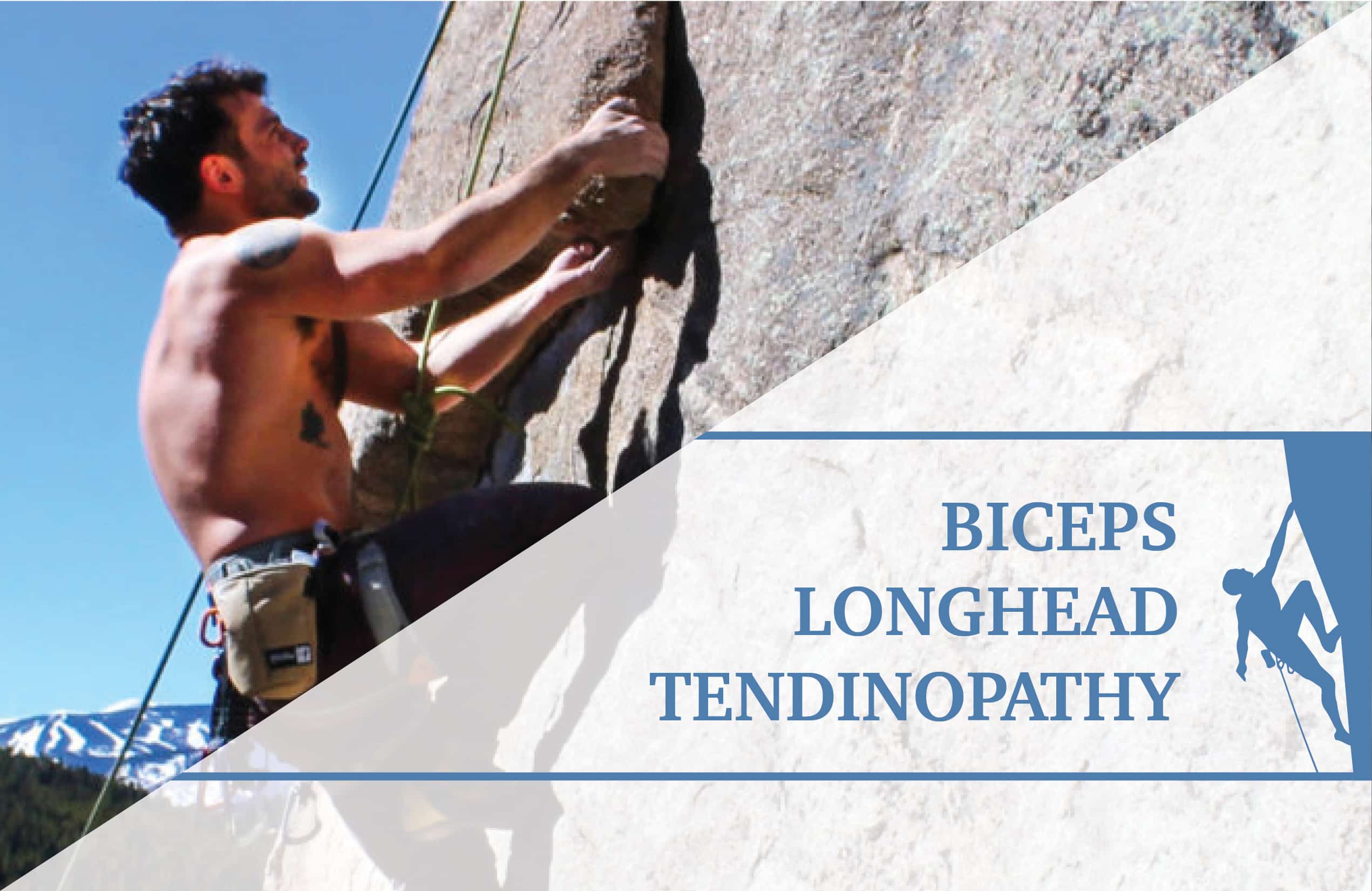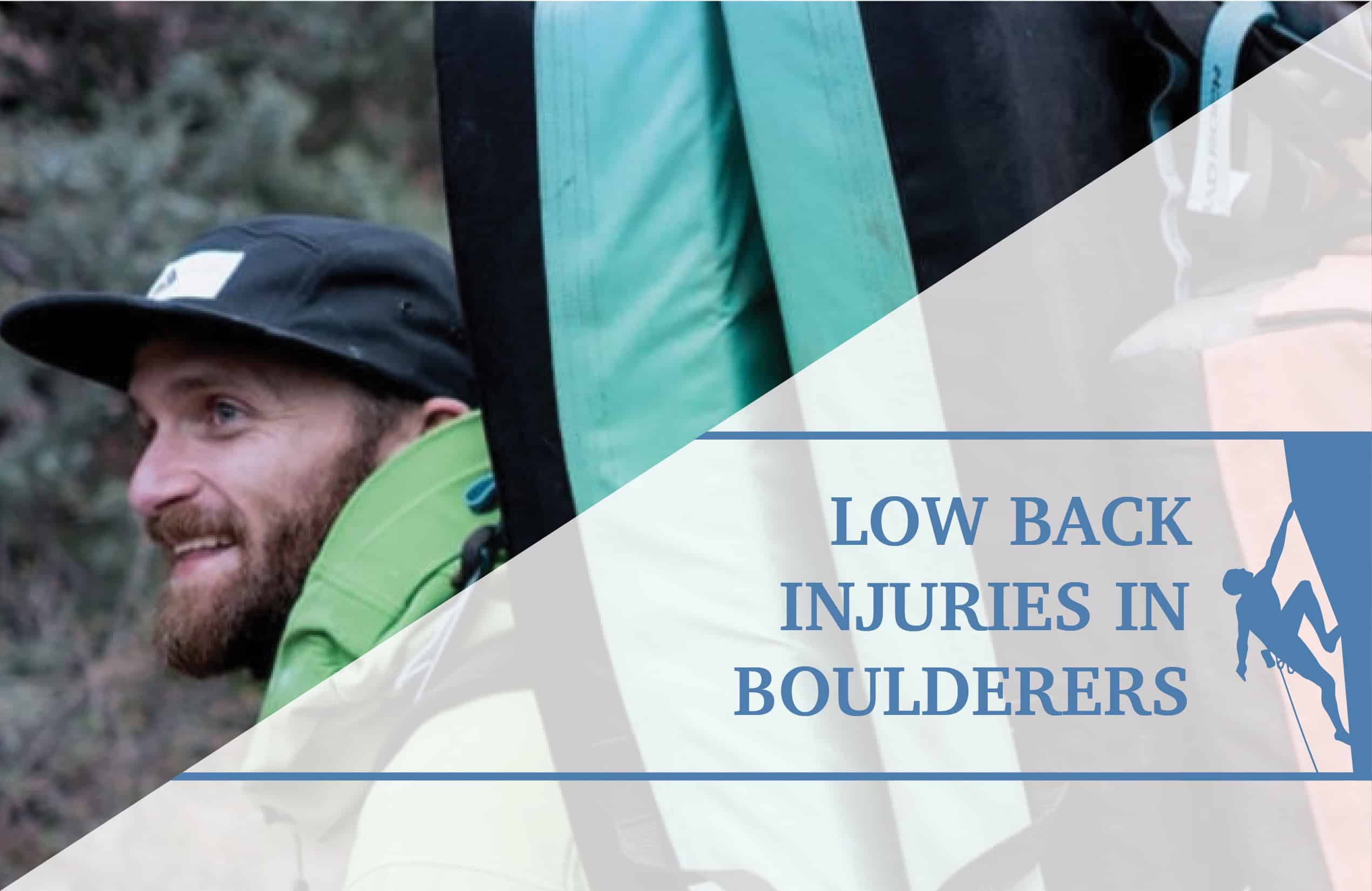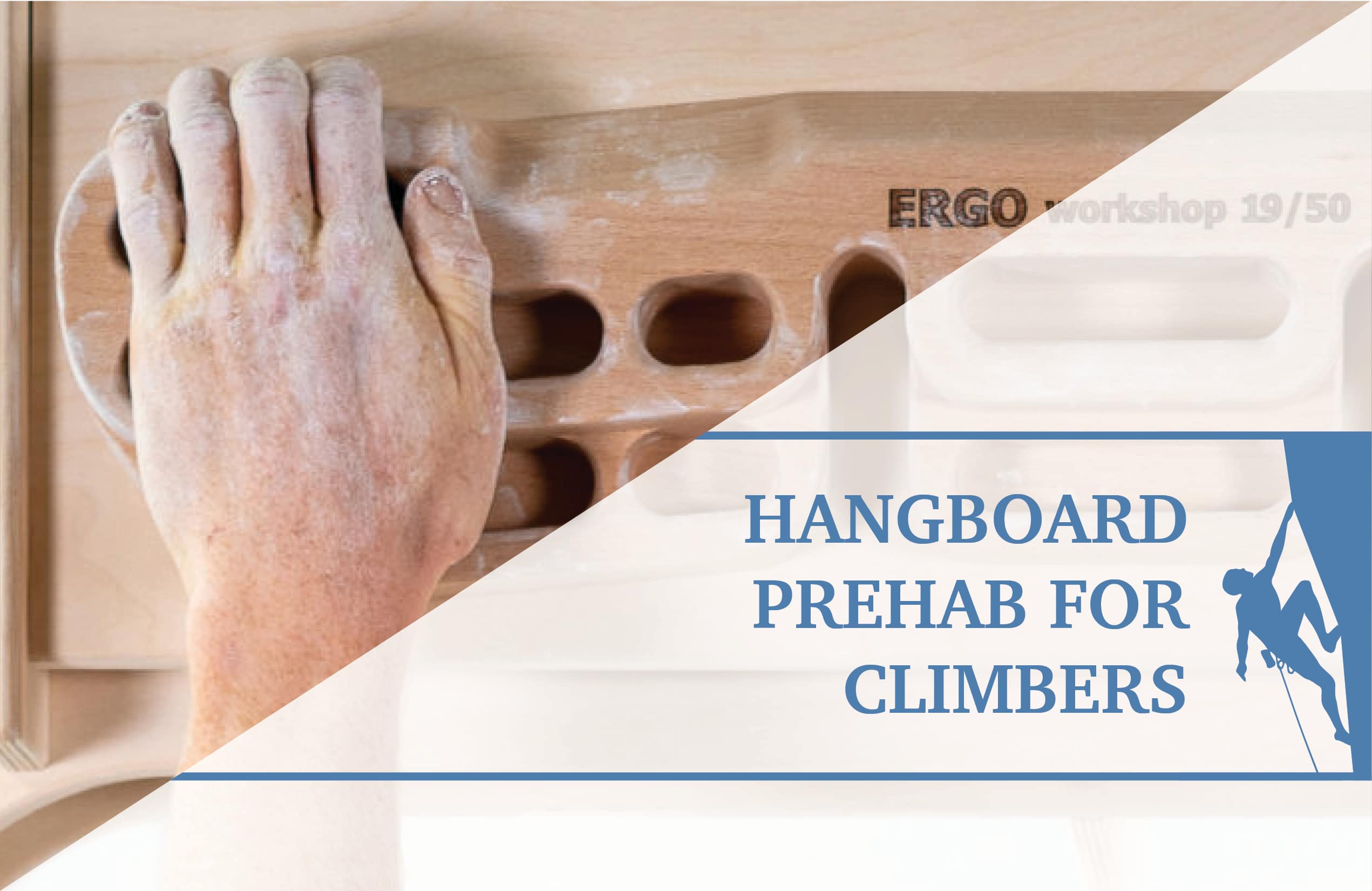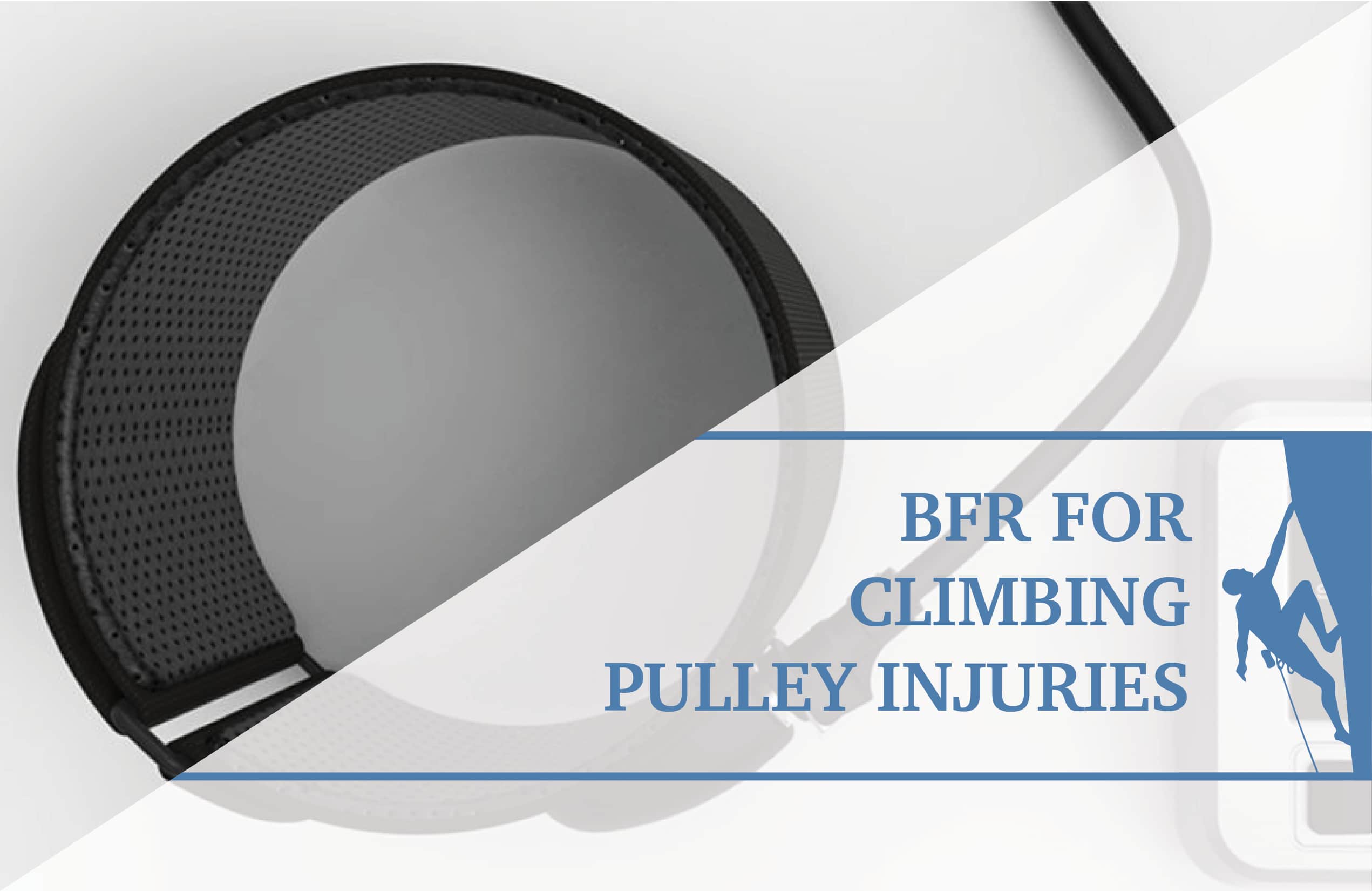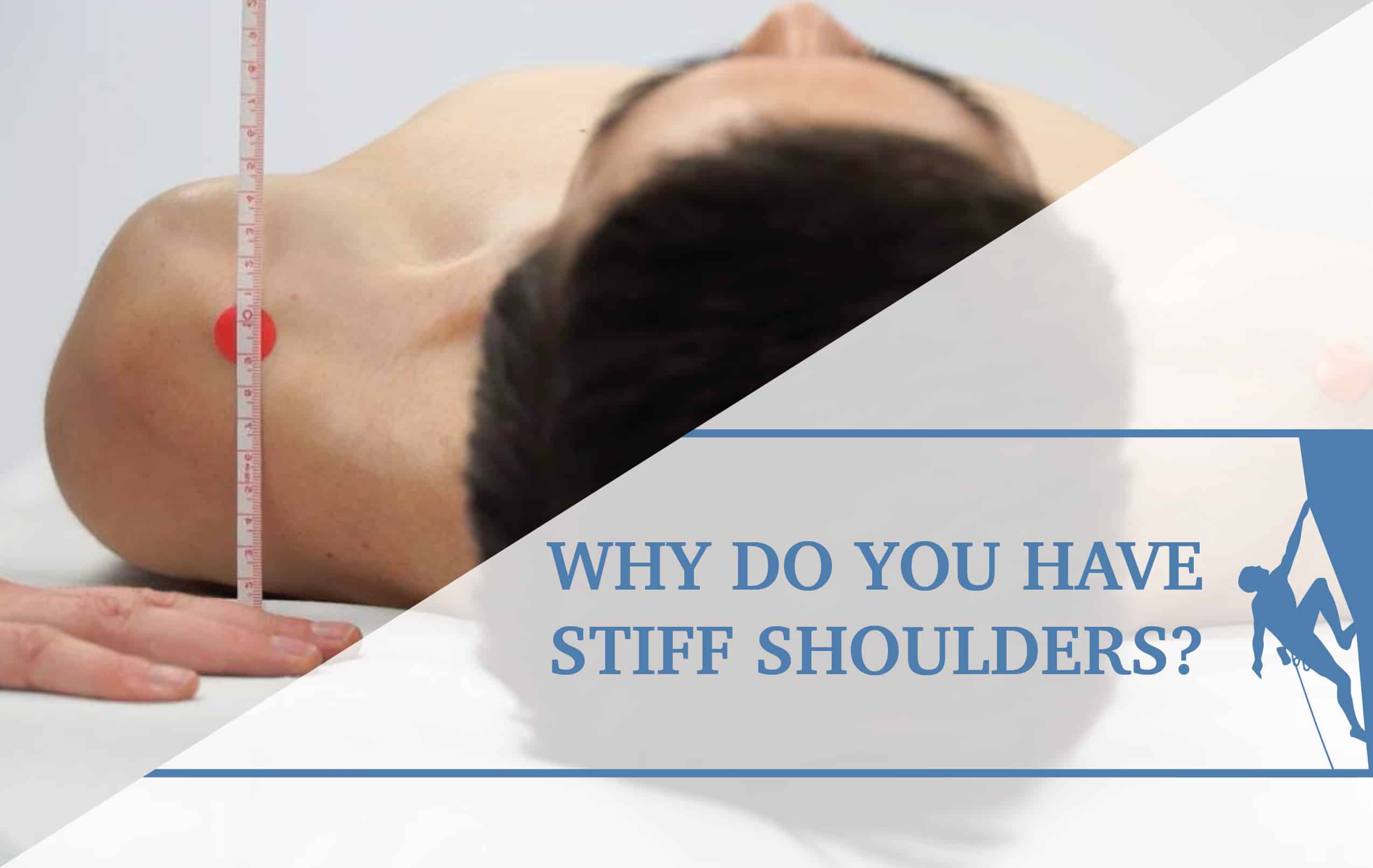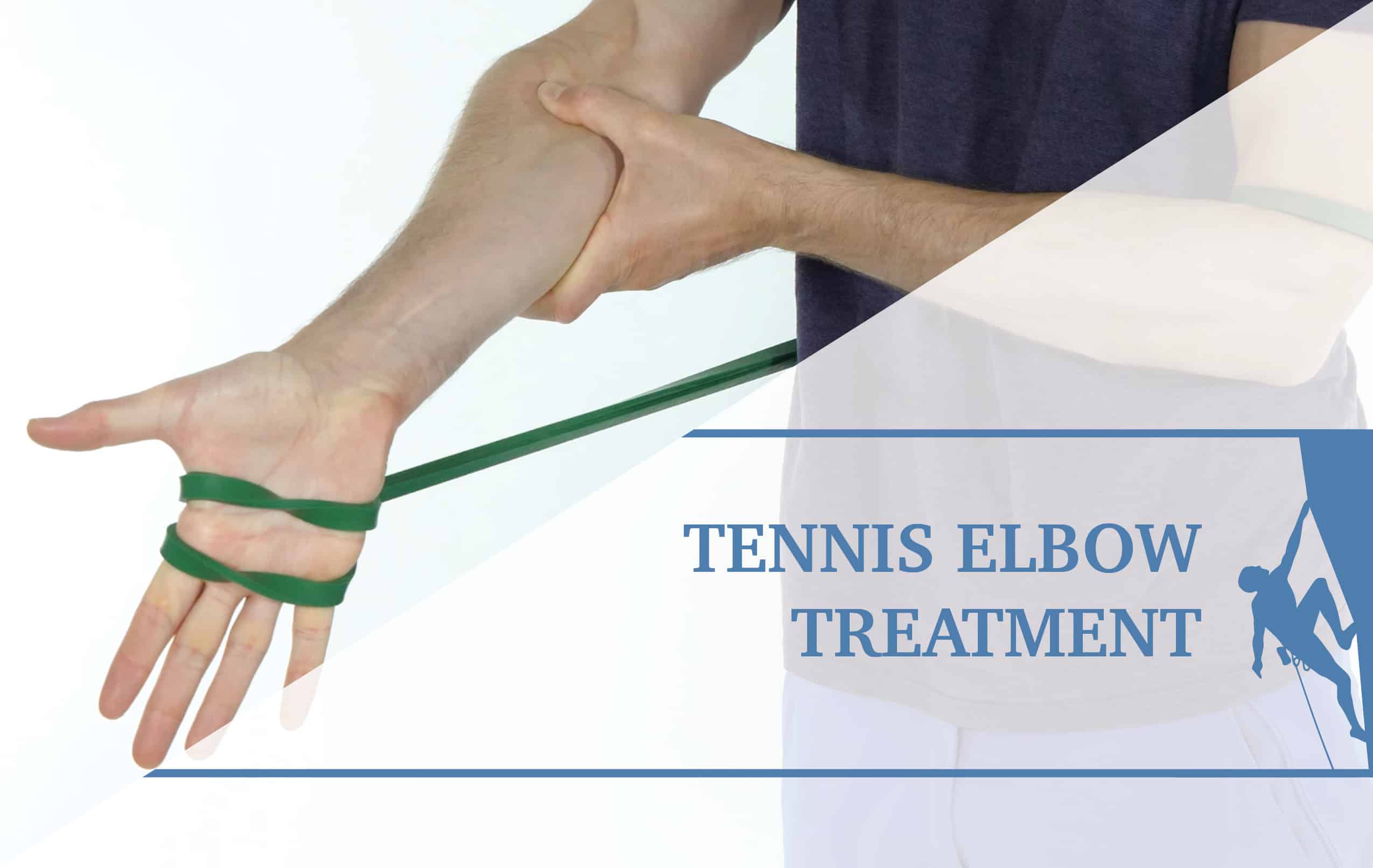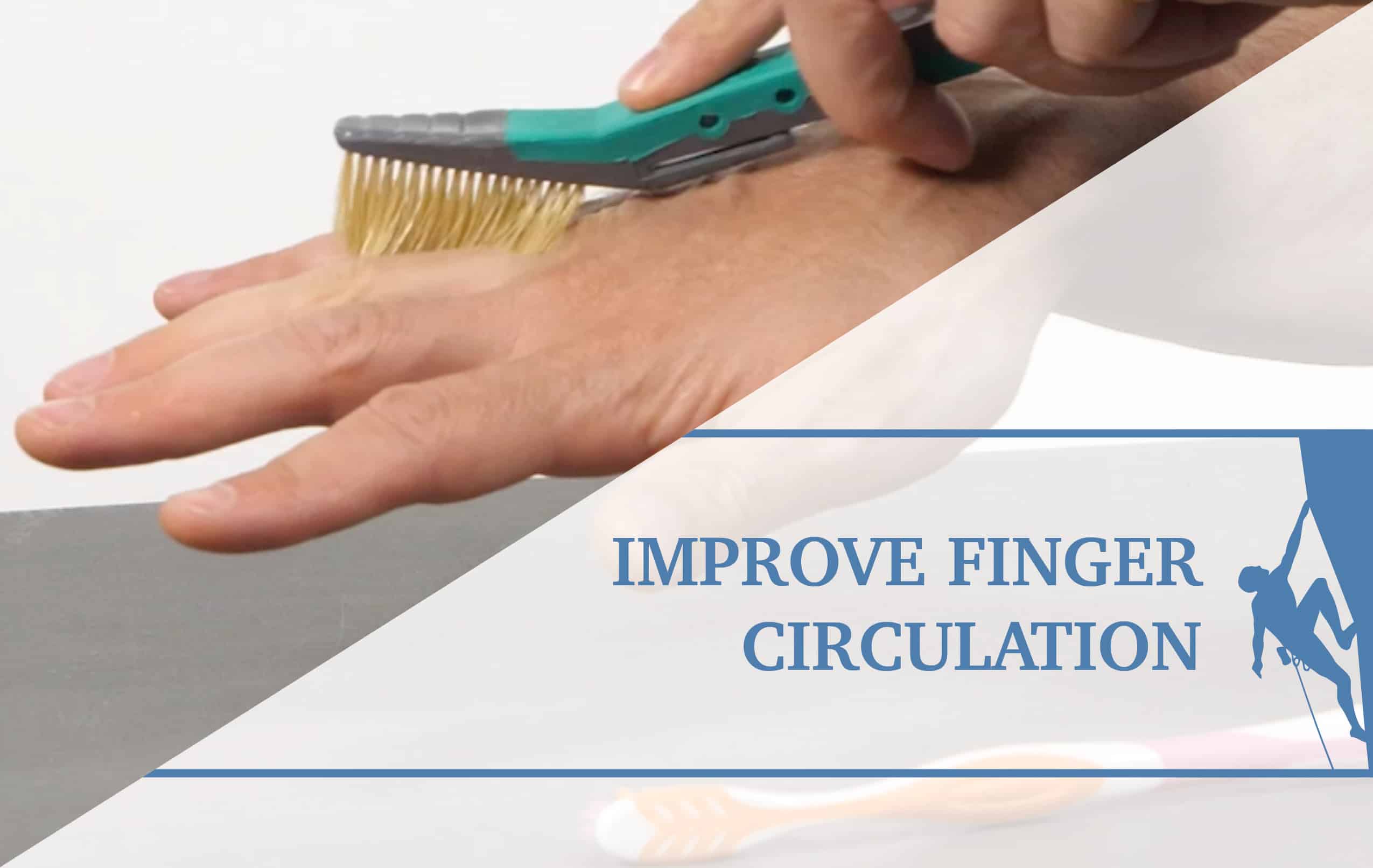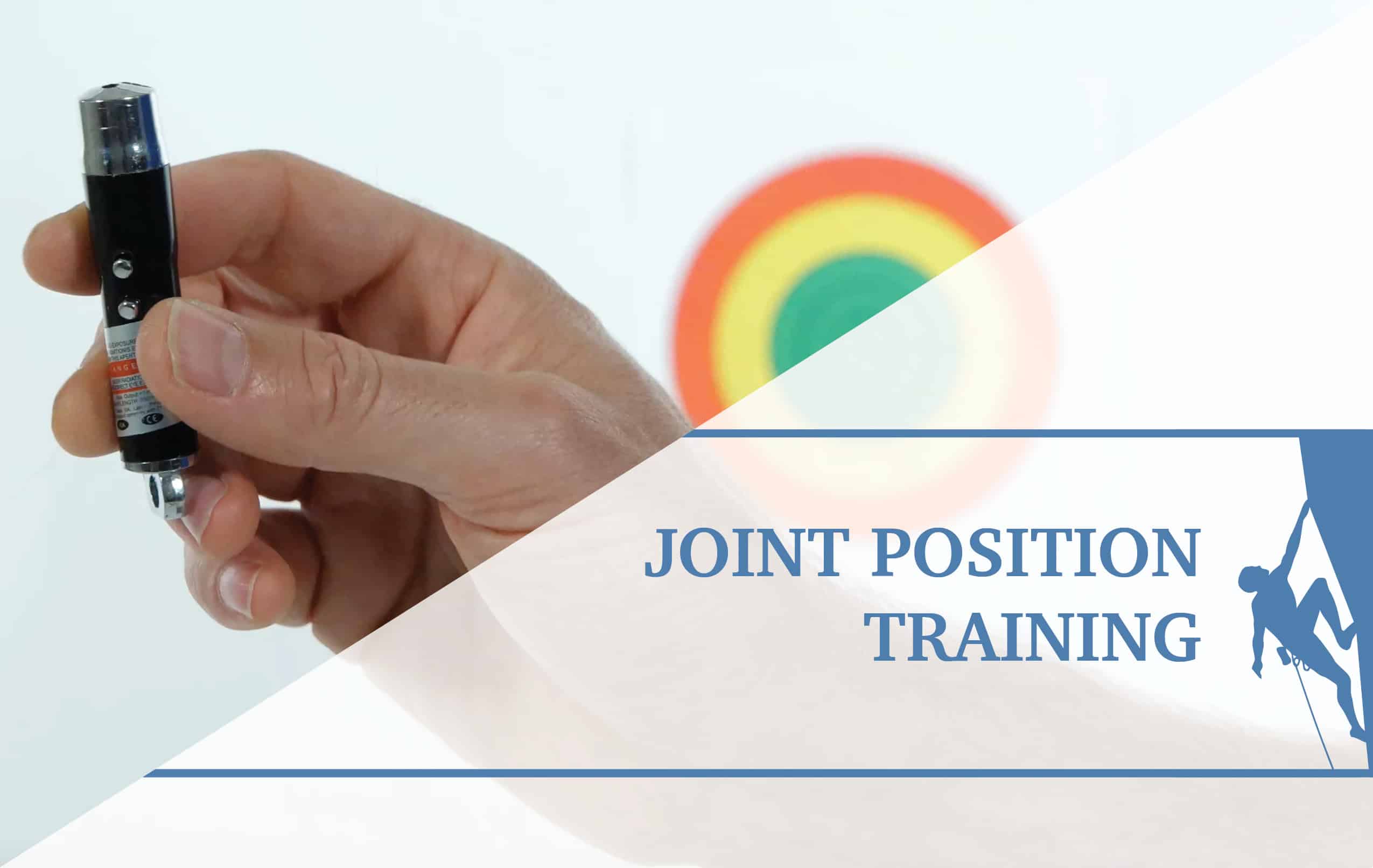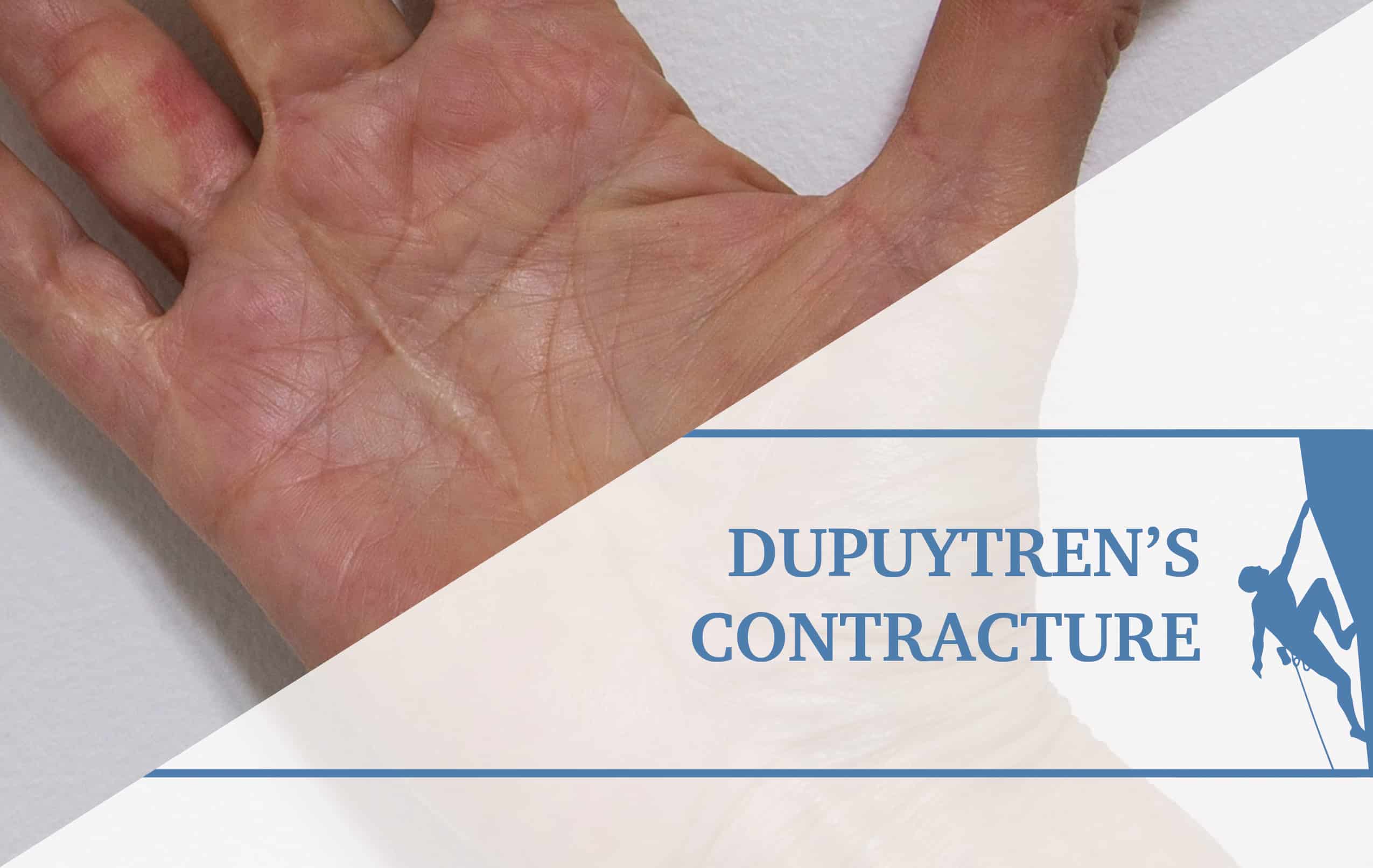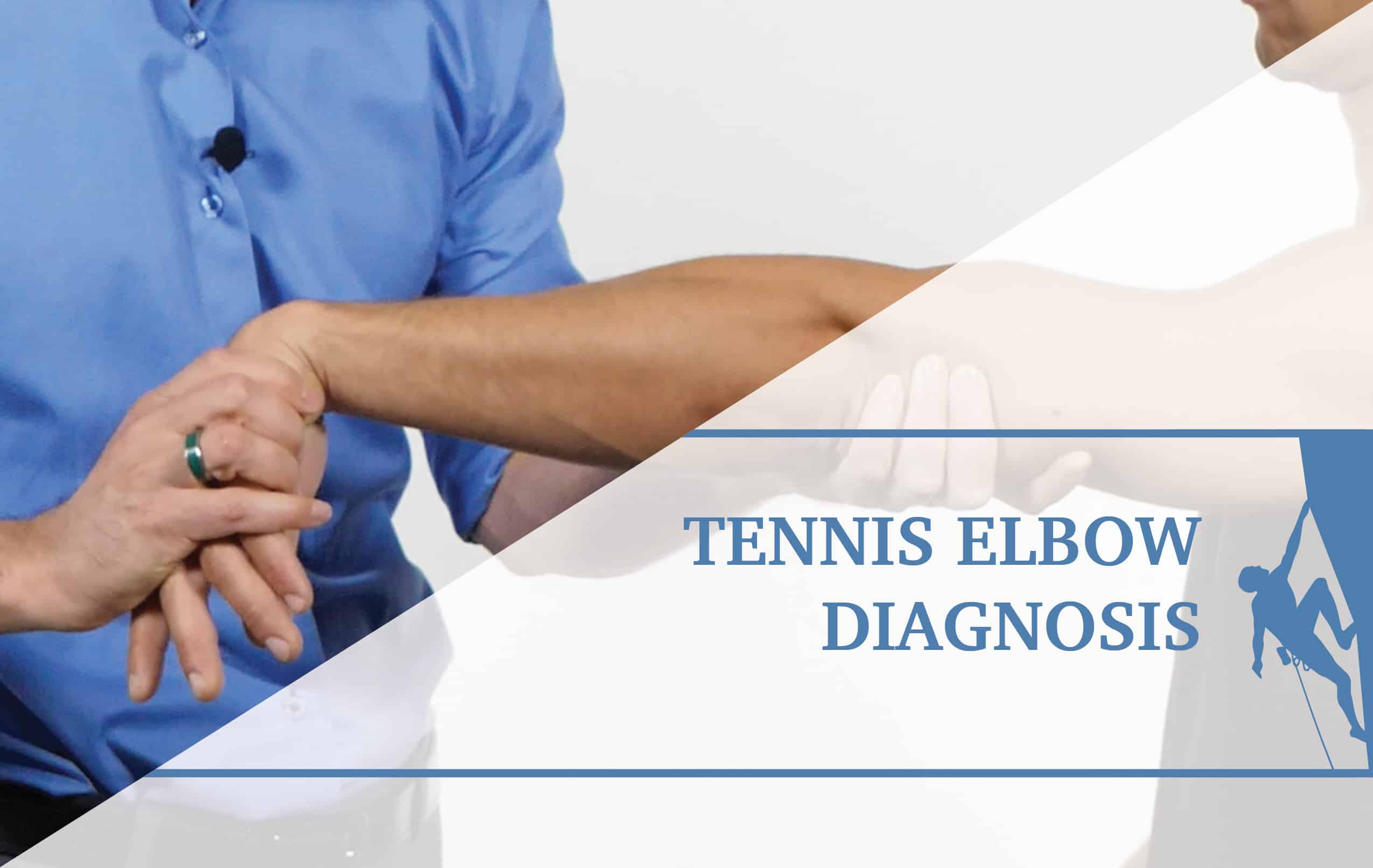You have been working on your project for some time – maybe getting stuck on a burly sequence on that magical line you’ve been hoping to send. Every time you […]
You’ve finally finished packing your car for that big camping and climbing trip and cannot wait to get on the road to the campground. After a 4 hour drive, you start to pull up to the campsite and notice the sun is starting to go down
You are climbing on your project for the third time this week and you are getting closer to the crux. The pump clock is ticking so you frantically throw for […]
Ever had your foot slip on a crimp while climbing and felt a pop or tweak in your finger? Pulley (or annular ligament) injuries are one of the most common […]
This article will focus on why rock climbers have stiff shoulders. While analyzing the climbers’ neck and shoulder pain during a clinical exam, immobility assessment is a key component. […]
Treating tennis elbow (outside elbow pain) in rock climbers can be tricky. That is why it is […]
Do you ever wonder why it is so hard to keep your fingers warm when climbing? Are you interested in strategies to keep the circulation flowing while you climb? […]
I was seeing a rock climber, she was a 22-year-old female, and she reported after a long session of bouldering that she would have wrist instability, as well as […]
If a climber presents with palmar nodules in their hand—mostly the ring finger, followed potentially by the little and middle fingers—they may have something called Dupuytren’s disease, also known […]
If a patient presents with lateral elbow pain, it’s possible they have lateral epicondylitis, lateral epicondylosis, or lateral epicondylalgia. In order to differentiate these symptoms and diagnoses, it’s important […]
BlogThe Climbing Doctor2024-03-18T13:06:17-07:00

